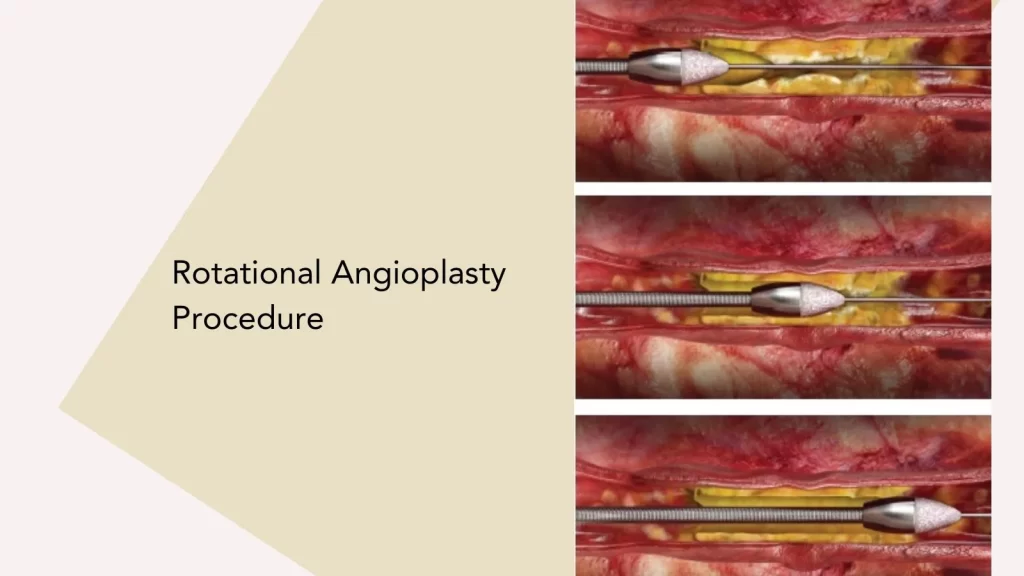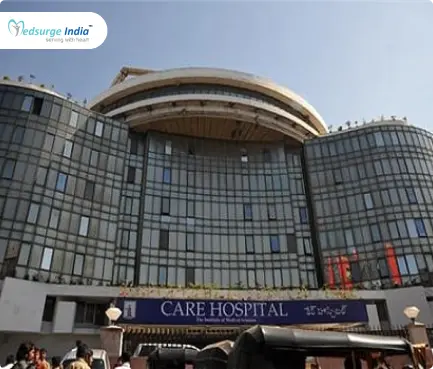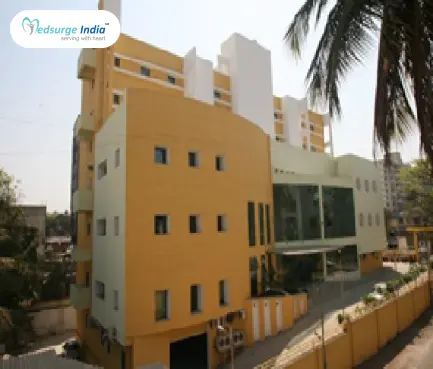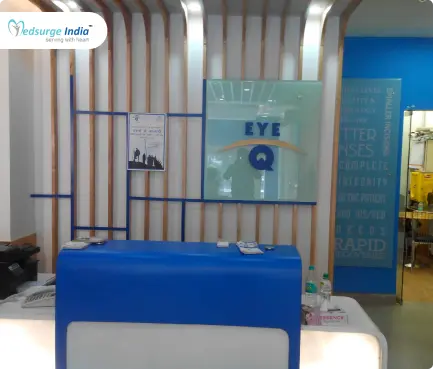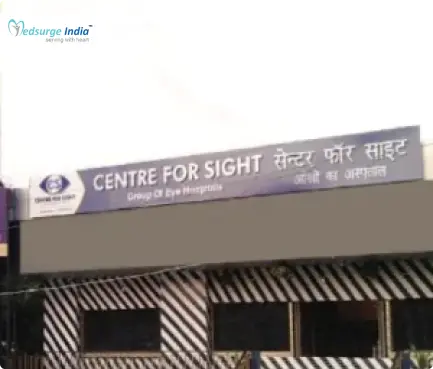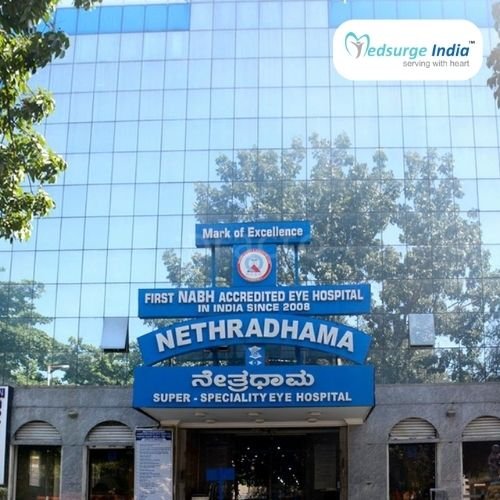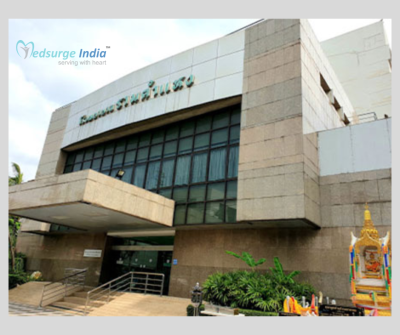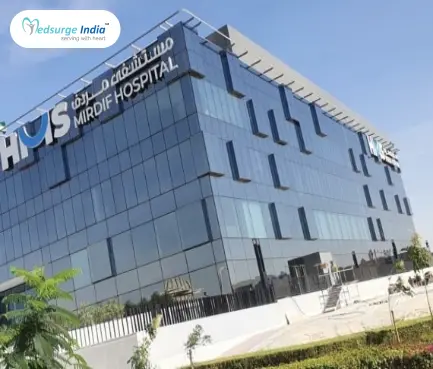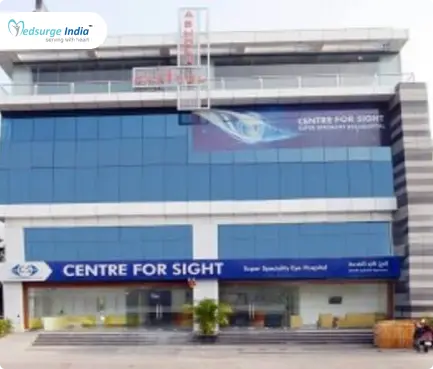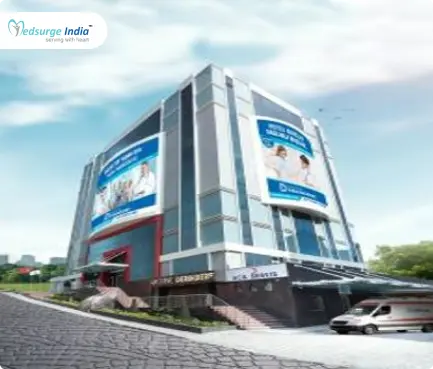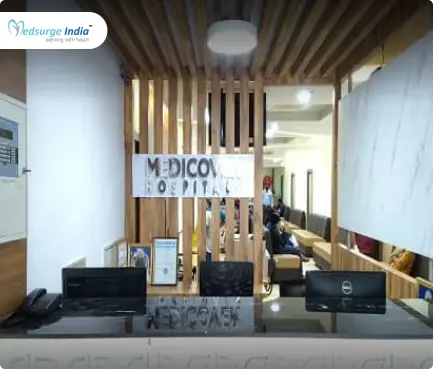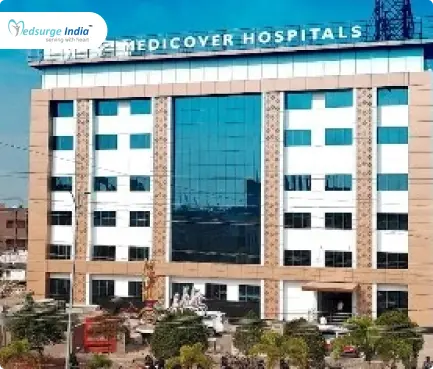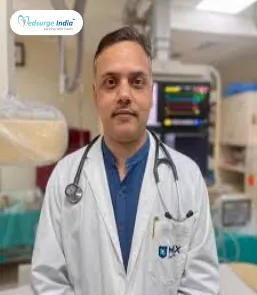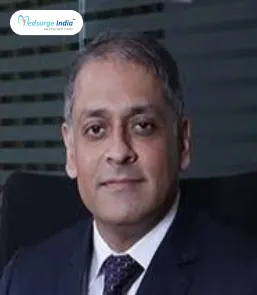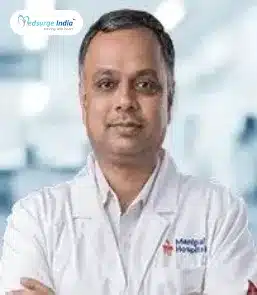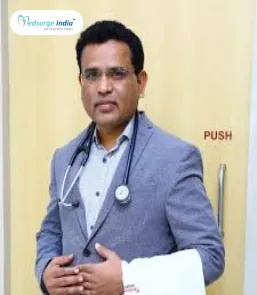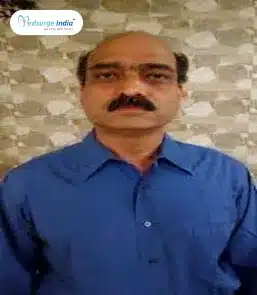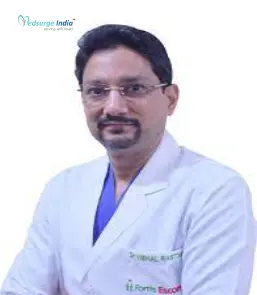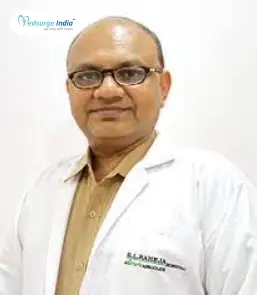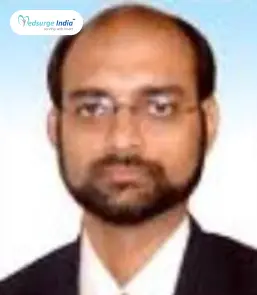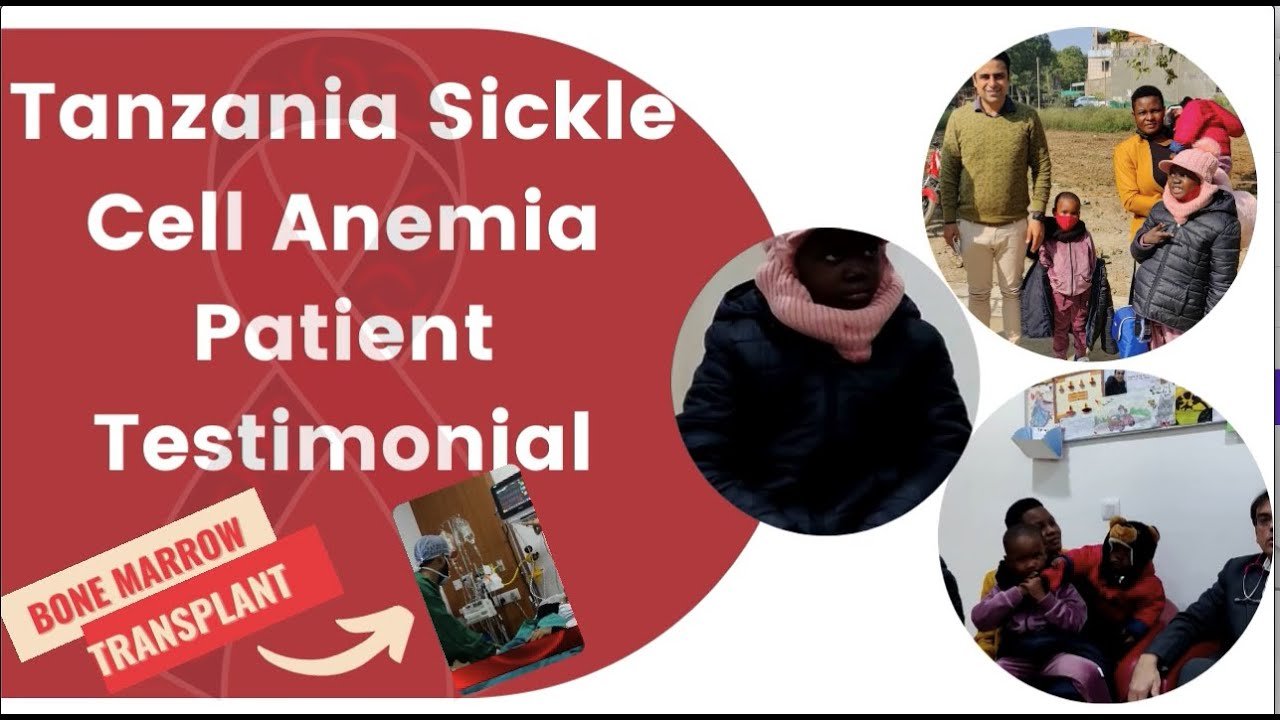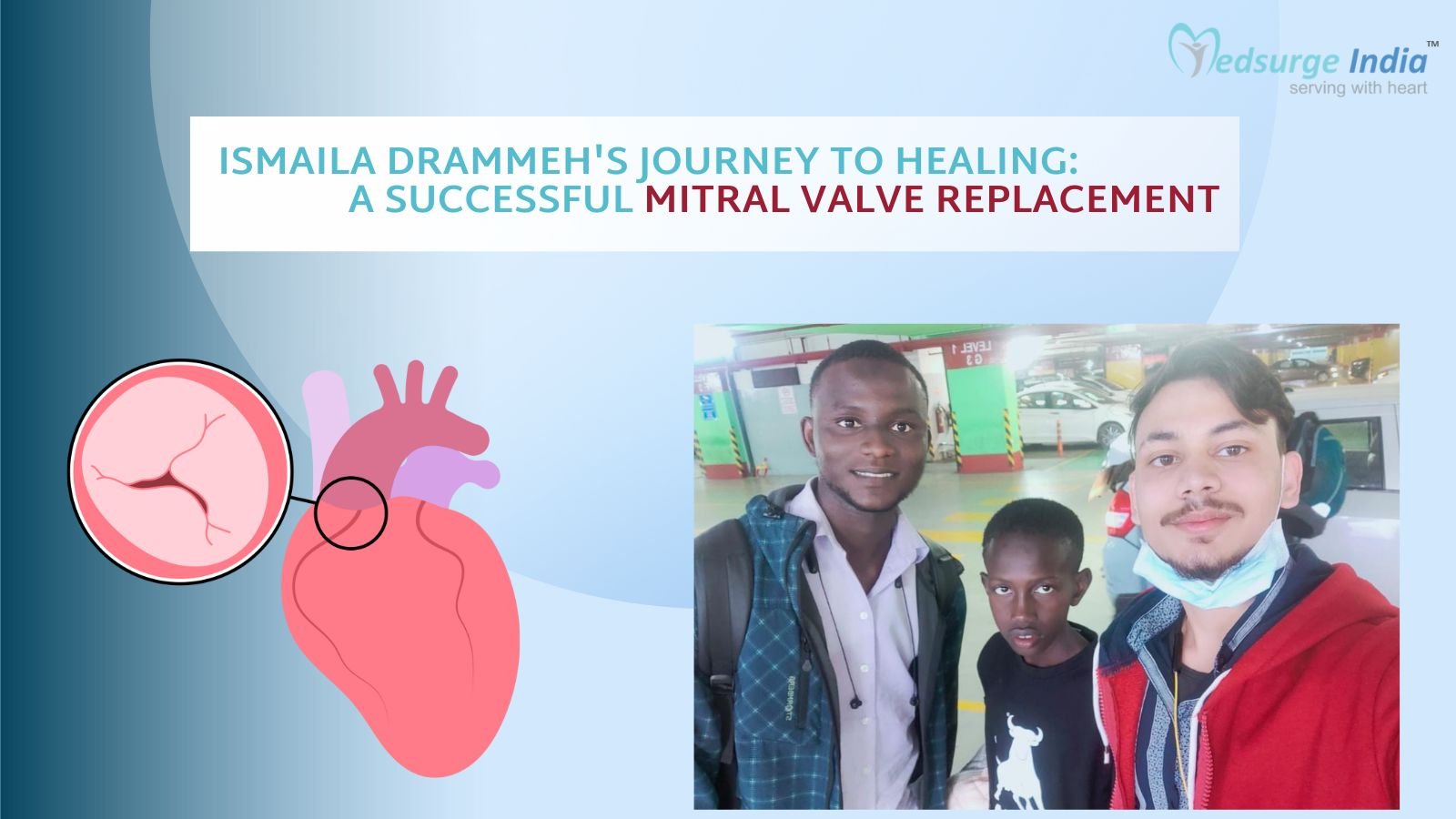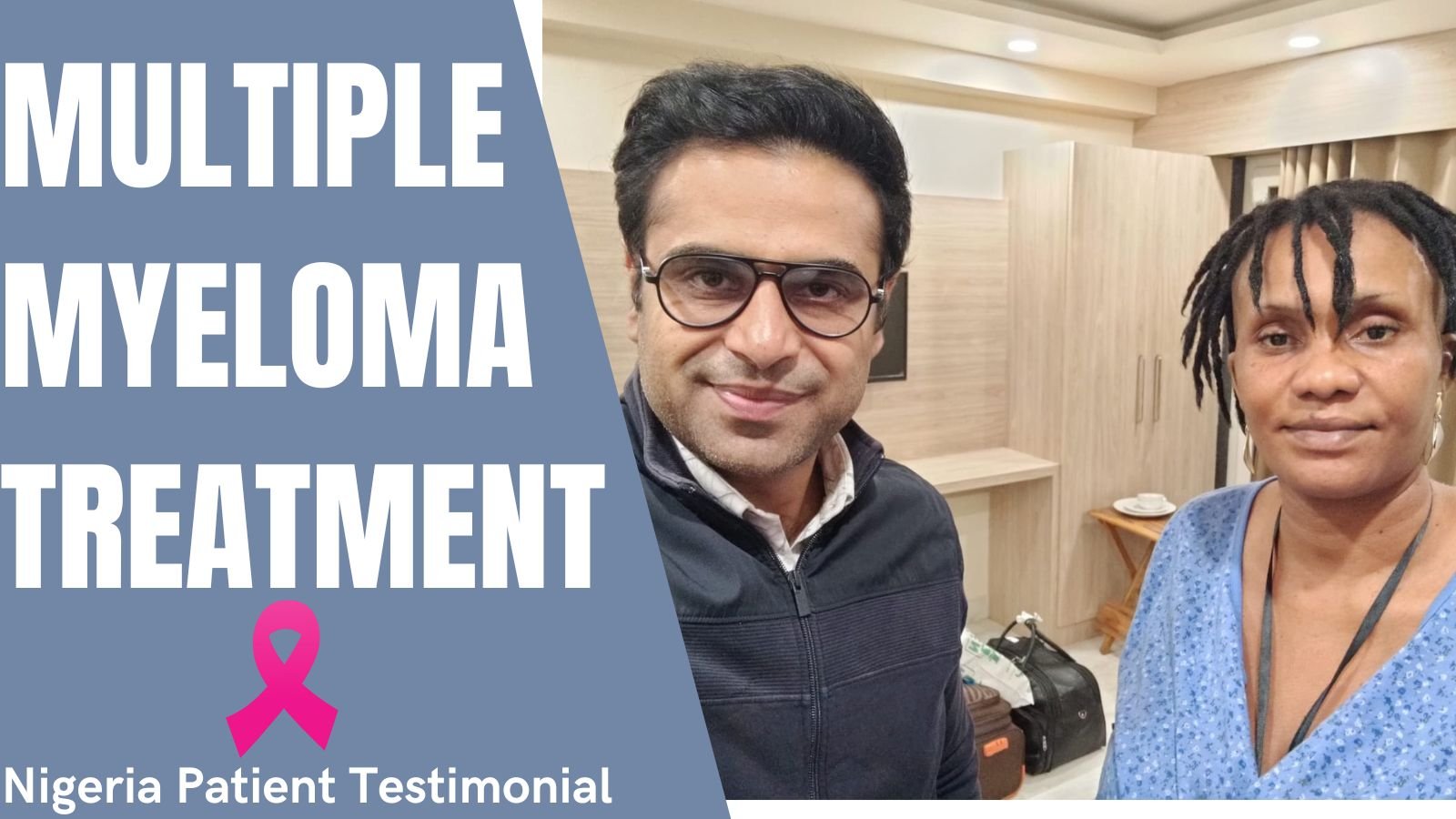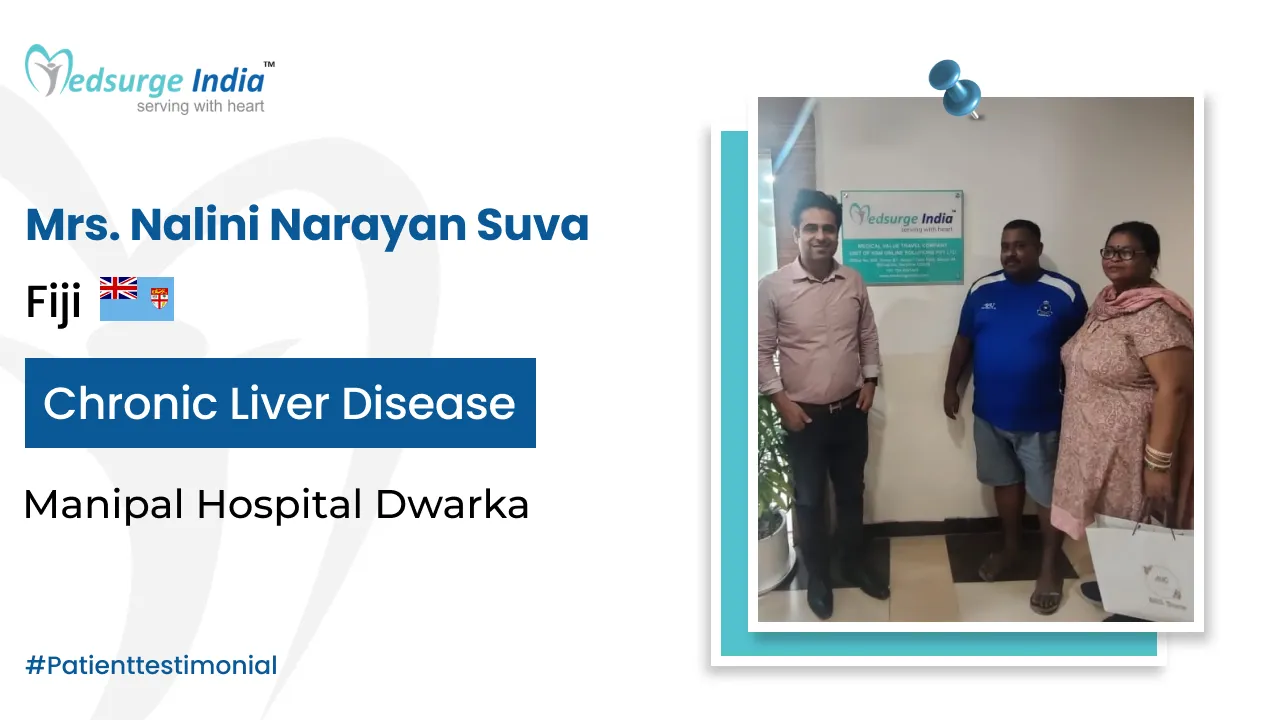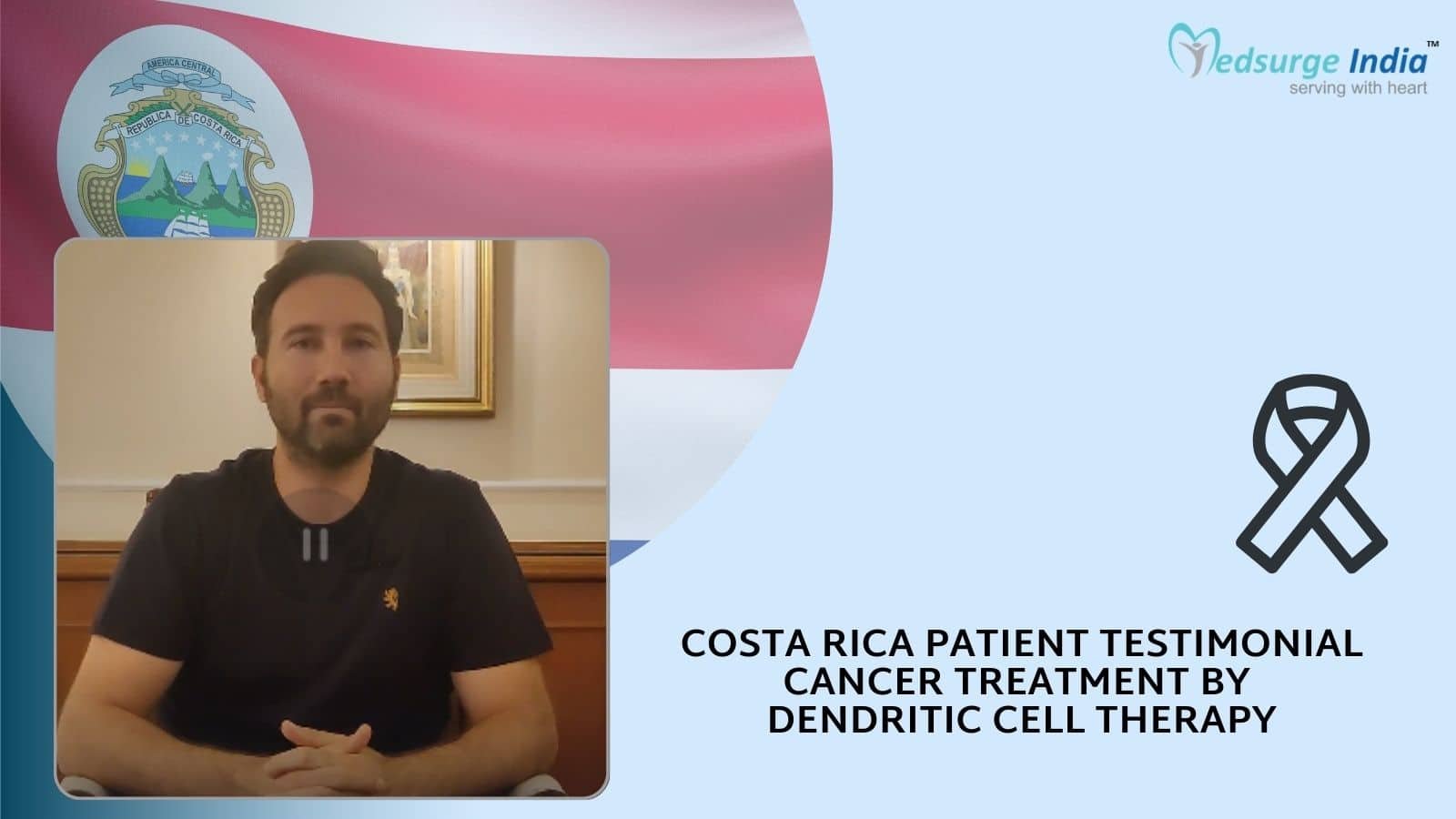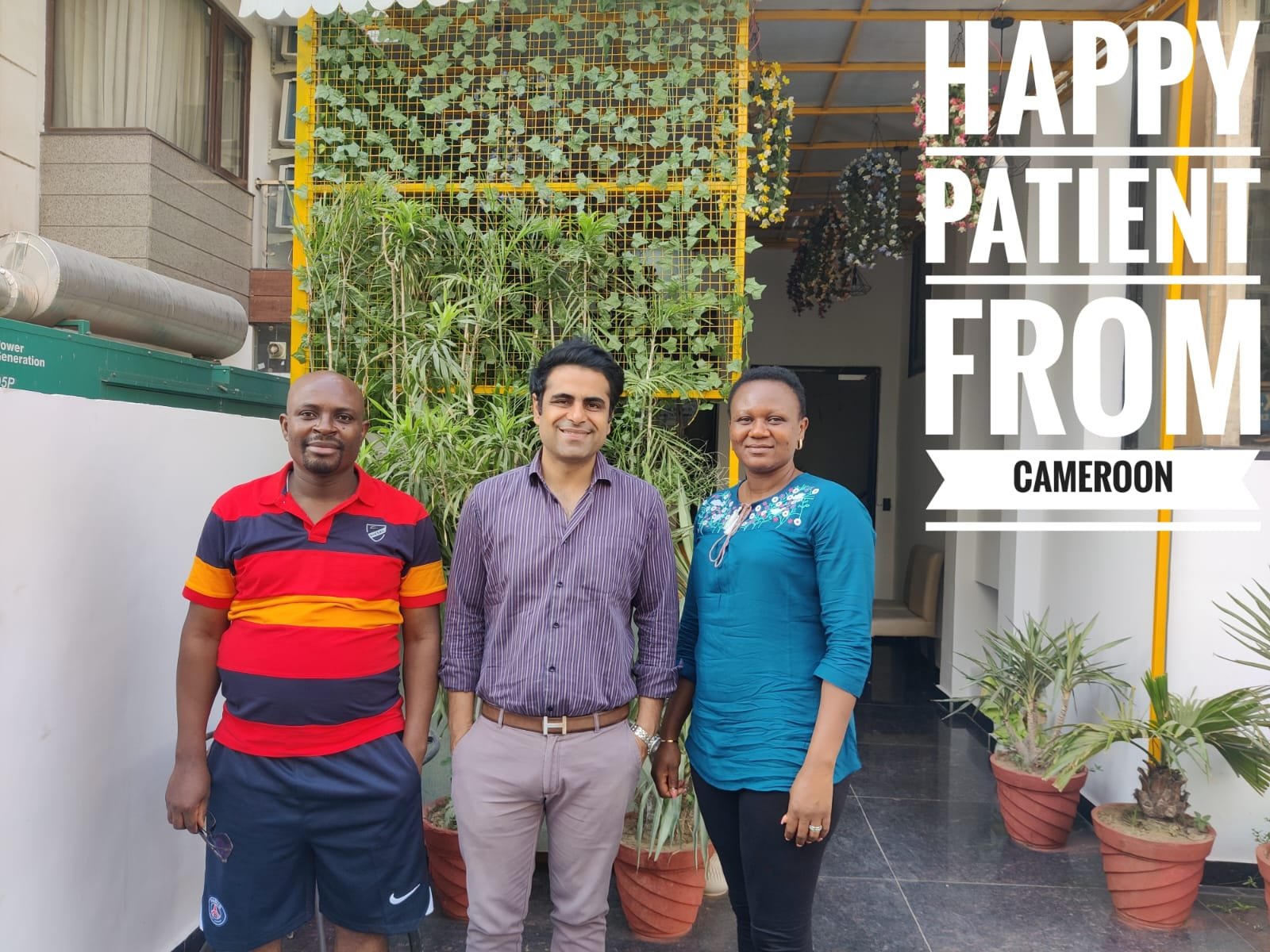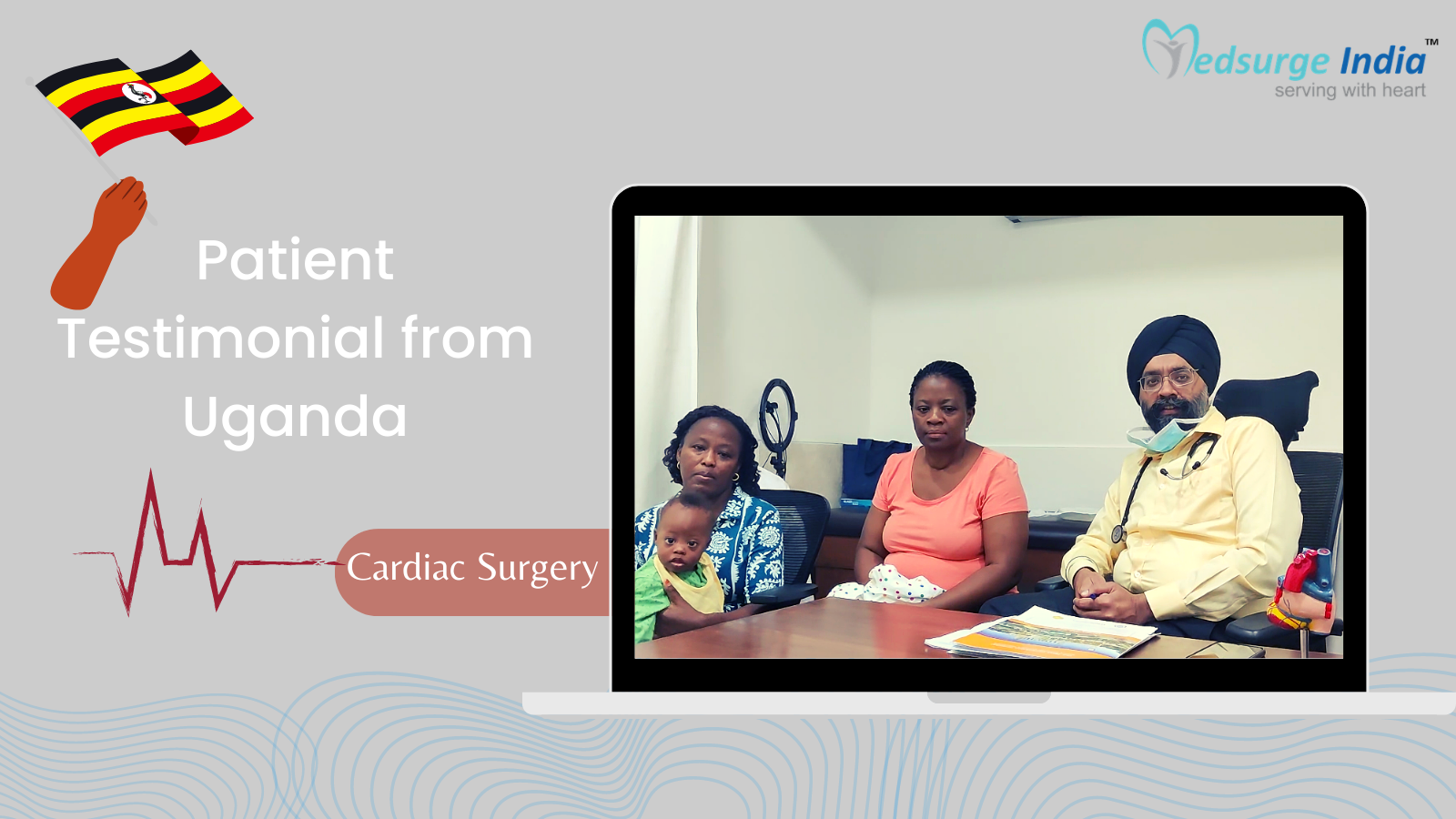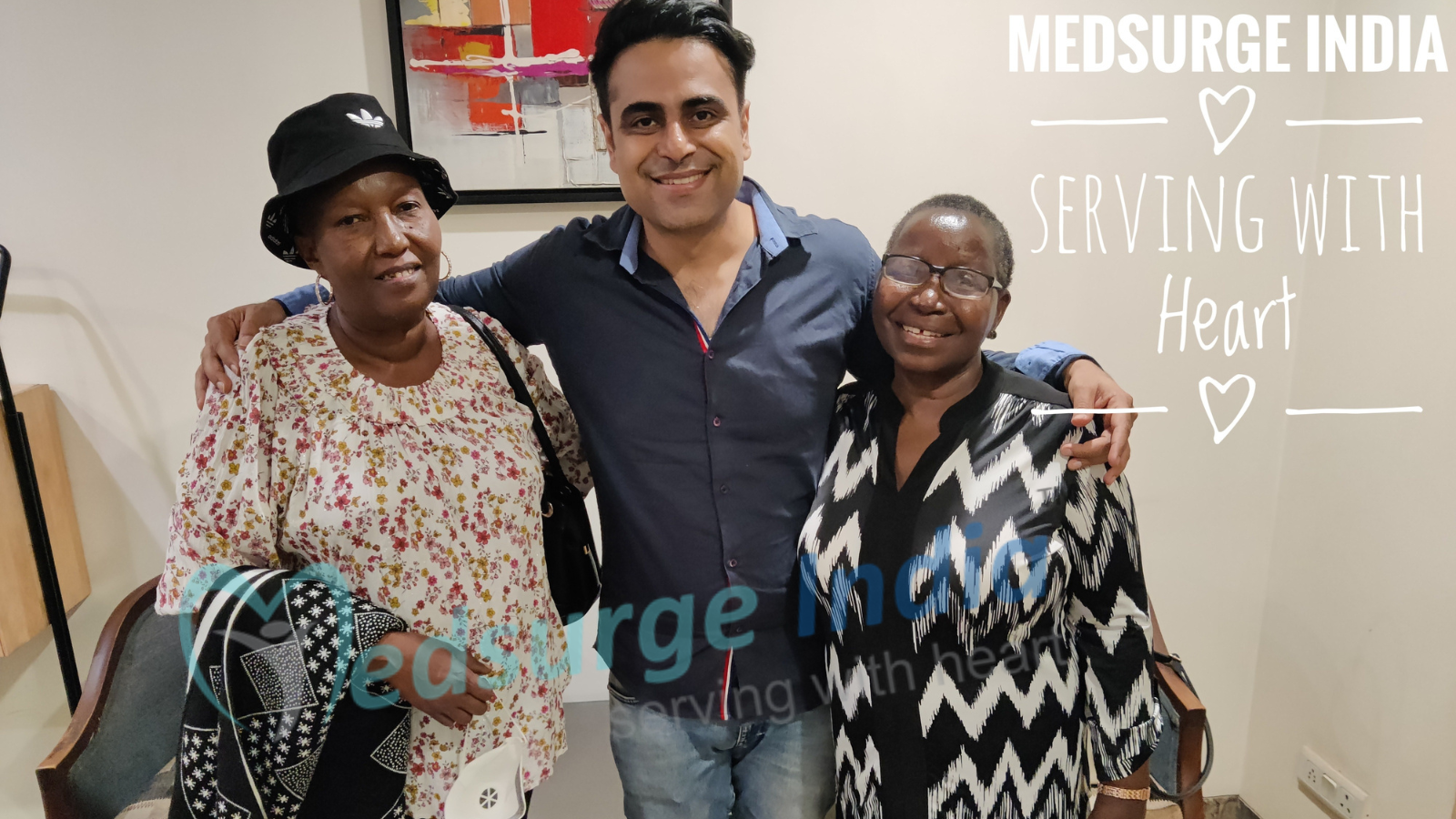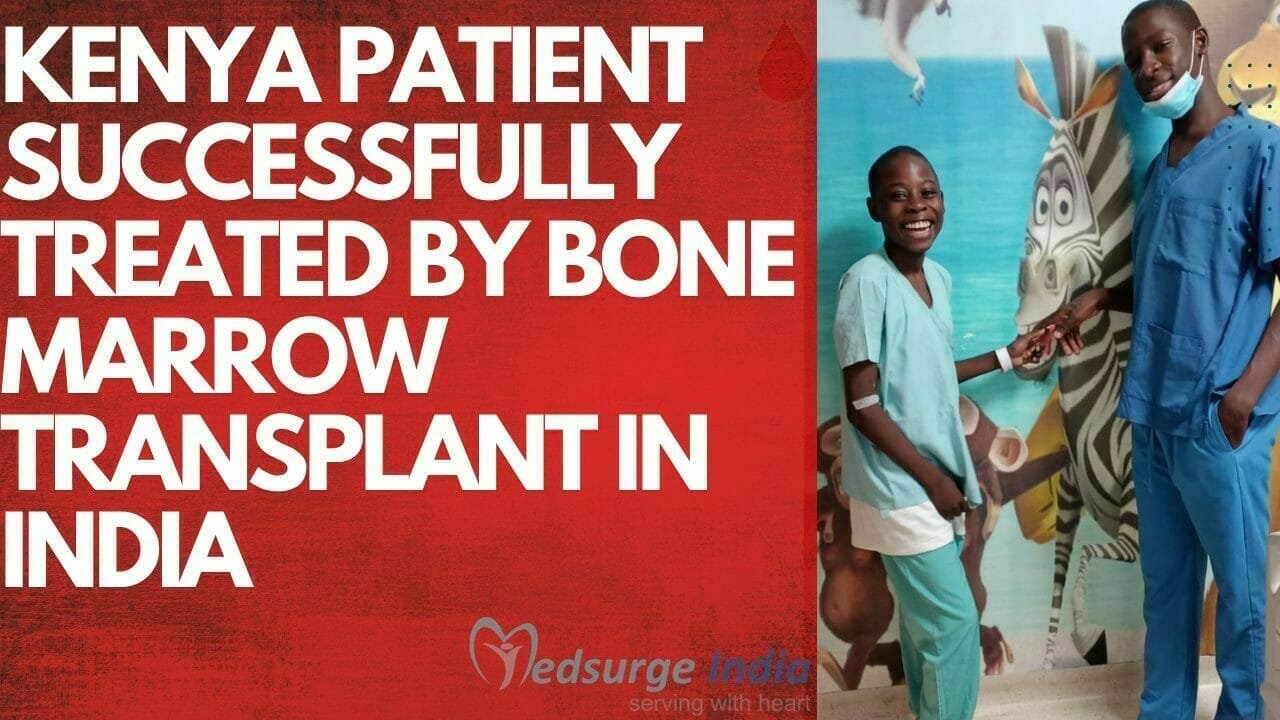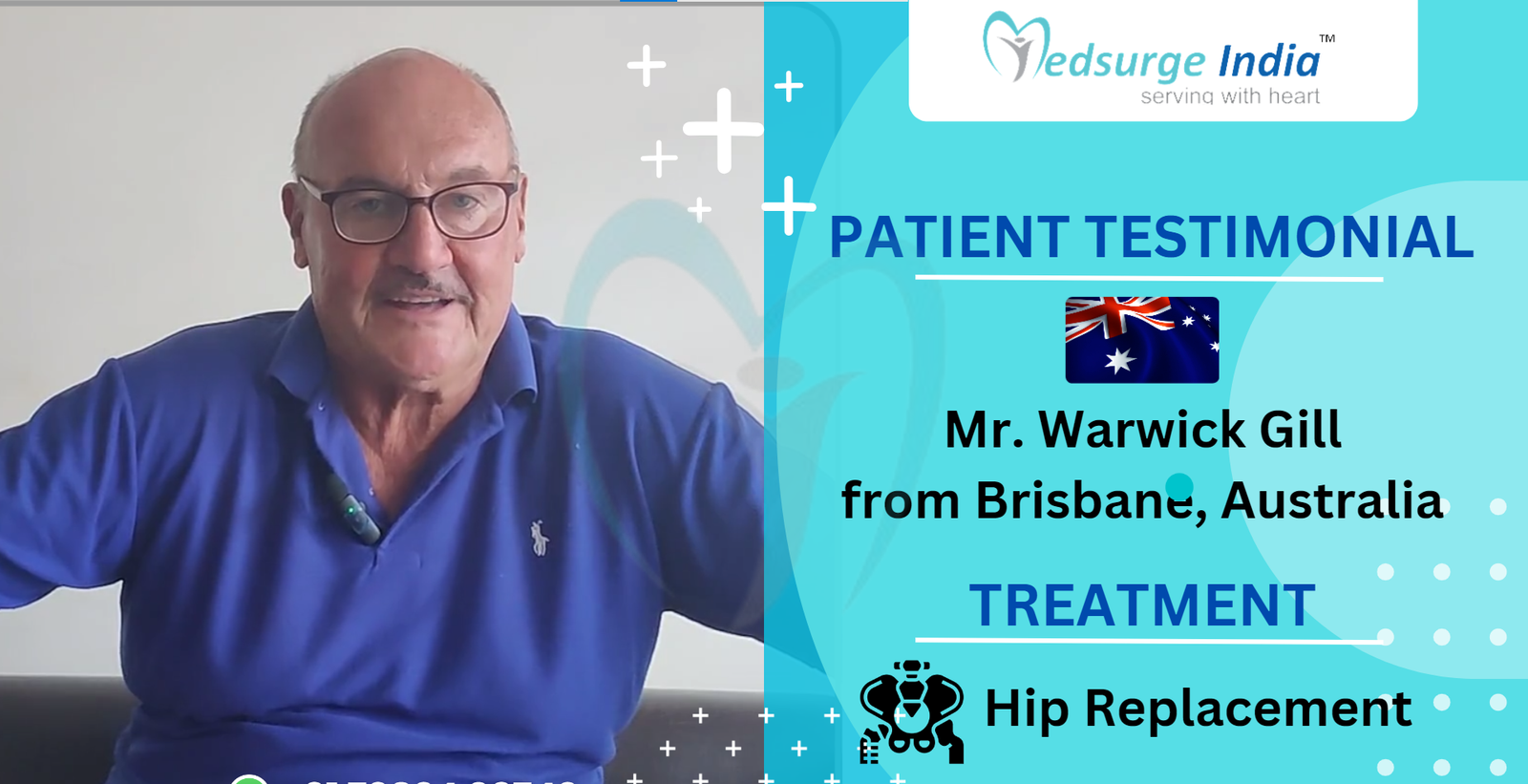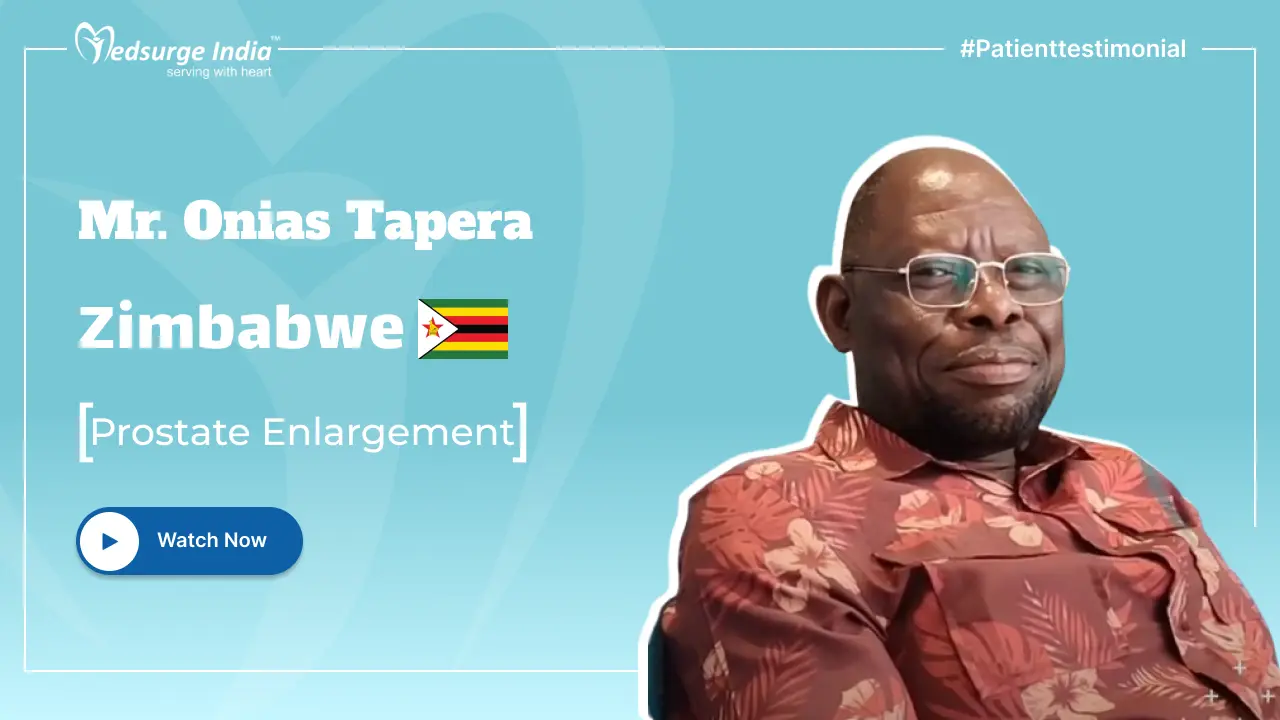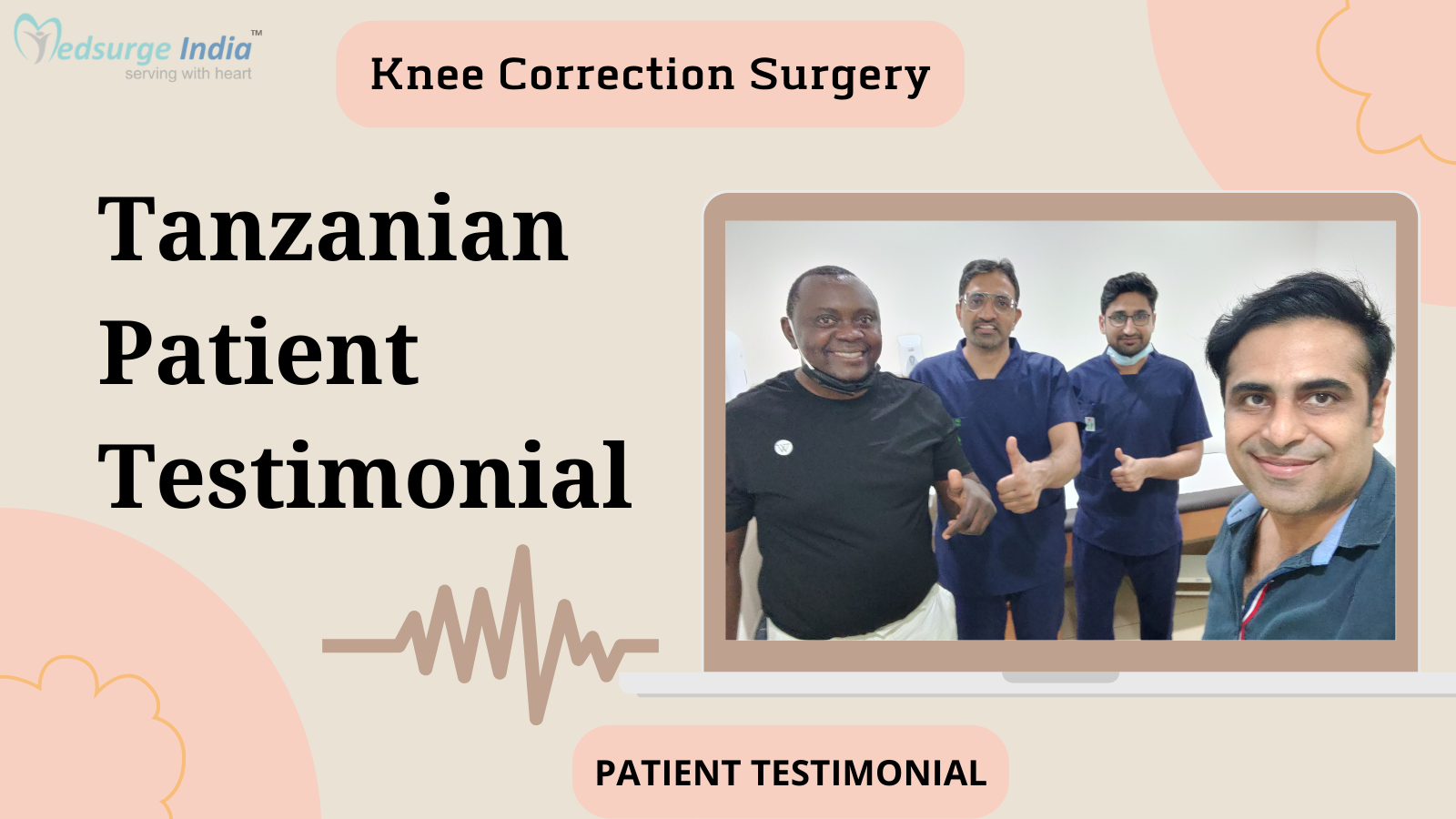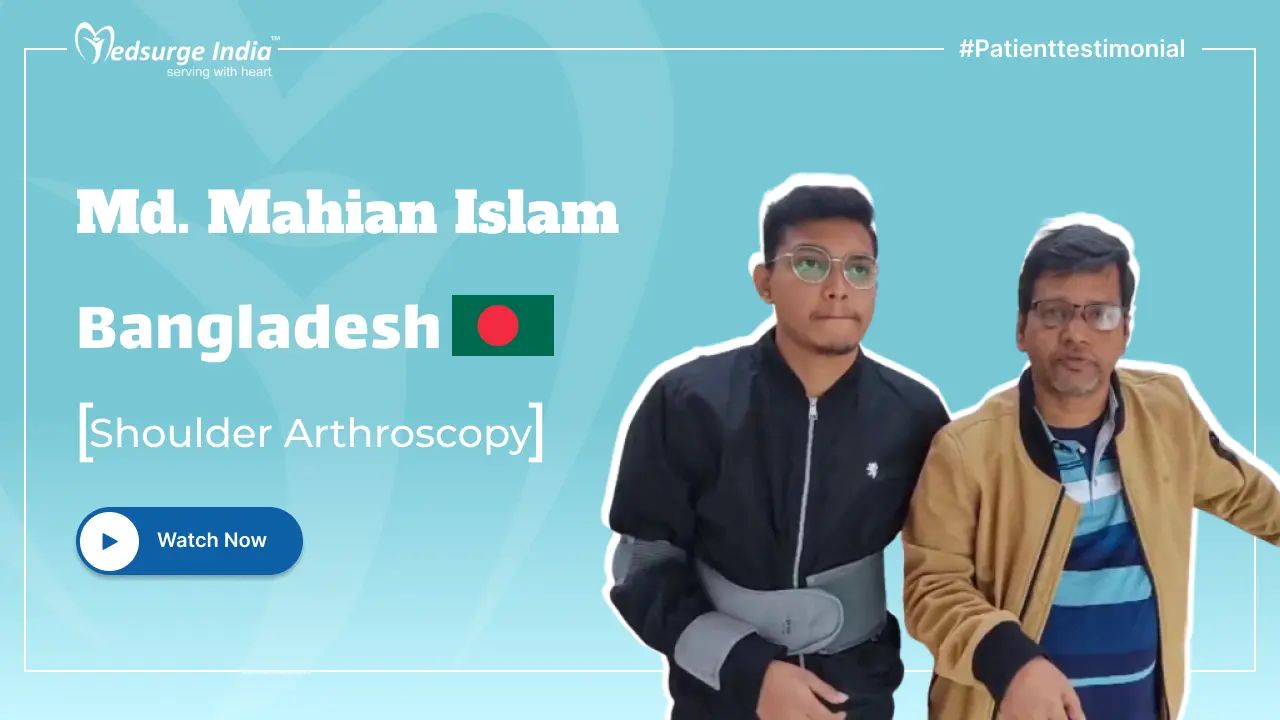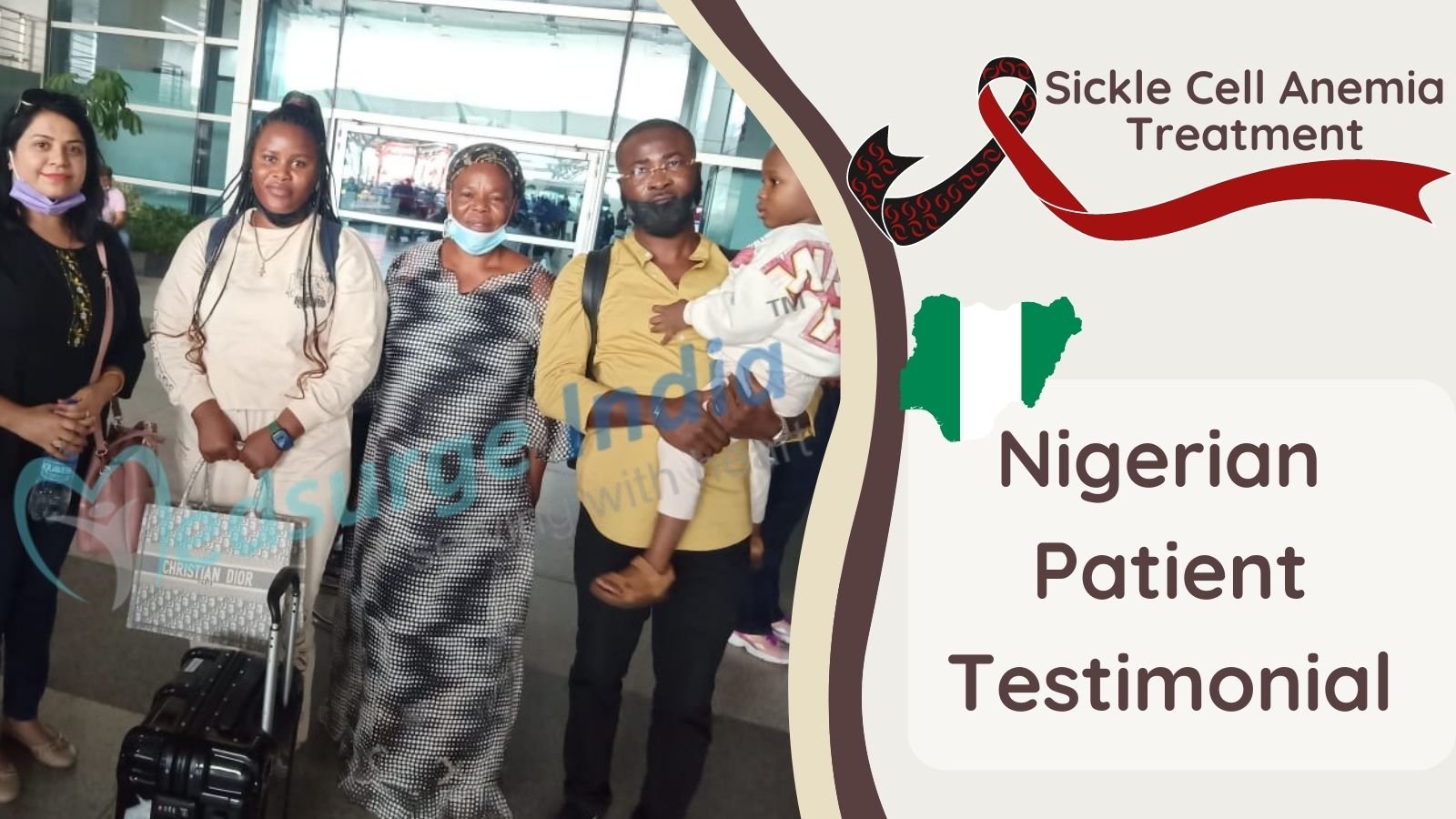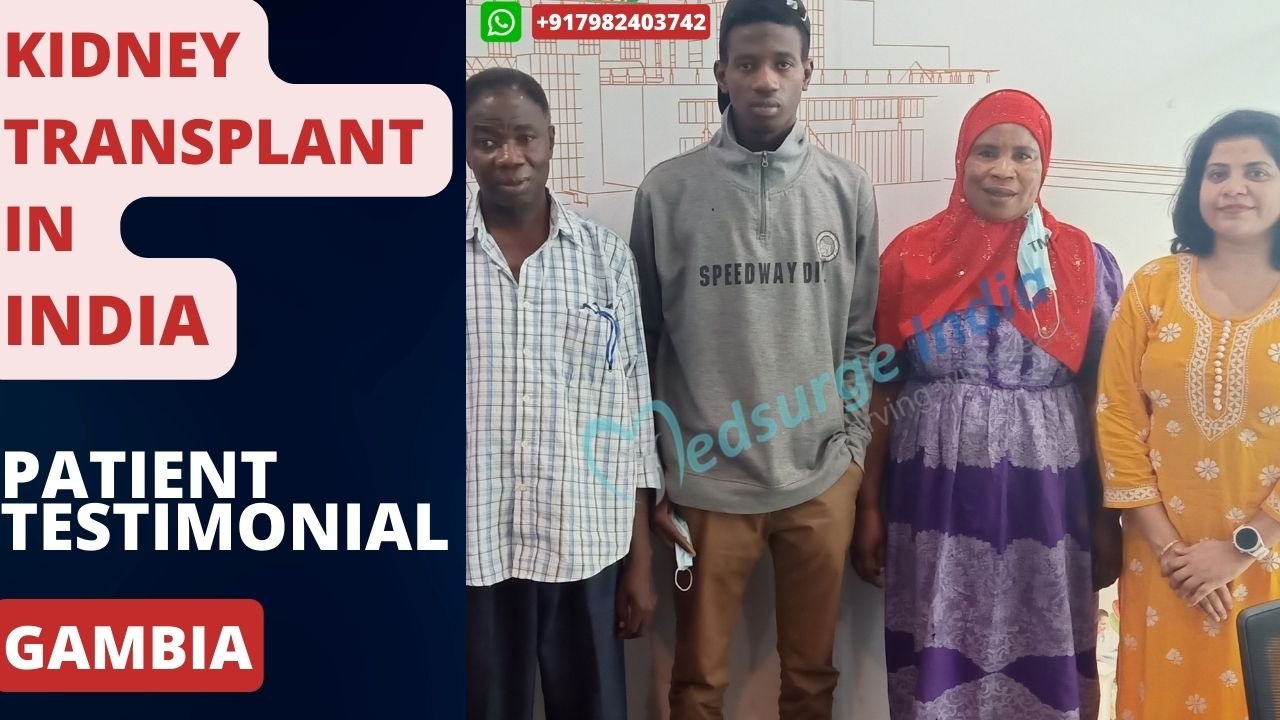
Rotation angioplasty is a safe and widely used procedure for treating coronary artery disease that involves inserting a small drill. A unique catheter with an acorn-shaped, diamond-coated tip is guided to the point of the constriction in your coronary artery during rotation angioplasty. The tip spins quickly and grinds away at the plaque on your artery walls. In your bloodstream, the small particles are flushed away.
Rotational Angioplasty in India is done by the use of a rotating instrument known as a “Rotablator” to break up plaque that is blocking a coronary artery. It is a specialized approach used in the treatment of complicated coronary artery disease in conjunction with percutaneous coronary intervention utilizing a catheter. This treatment requires specific abilities and is carried out by a qualified doctor.
When compared to other advanced nations, the Cost of Rotational Angioplasty in India is fairly reasonable. The cost of therapy varies depending on the type of facility chosen and the severity of blockage in the heart.
What Is Athrectomy?
The removal or excision of an atheroma is known as Atherectomy in India. An atheroma is an abnormal deposit of fat within a blood vessel wall with a fibrous cap on top. The blood vessels gradually narrow as fat storage grows. This has an impact on the blood flow to the tissue or organ that it serves. As a result, a condition called “atherosclerosis” develops. This disorder can be dangerous if it arises in blood vessels such as the coronary arteries (the blood vessels that supply the heart).
The Atherectomy Treatment in India involves gently removing the accumulated plaque with a catheter and a specially tipped device. Plaque formation can occur as a result of fat, cholesterol, calcium, cellular waste, and fibrin (a substance implicated in blood clotting) accumulation in blood vessel walls. A catheter is a small tube that can be introduced into the body to treat diseases or perform surgical procedures. The catheter is inserted into a peripheral artery (an artery in the arm, leg, hand, or foot), such as the femoral artery, and then progresses into the afflicted blood vessel.
What Are the Types of Atherectomy?
The various Types of Atherectomy, depending on the type of device linked to the catheter for plaque removal, include:
1. Directional atherectomy: The catheter contains a cutting tip that is used to gently scrape the plaque off. Plaque fragments are gathered and removed from a different portion of the catheter. These devices are only suitable for usage on peripheral blood arteries.
2. Laser Atherectomy: The catheter tip is equipped with a device that produces a high-energy laser to change or vaporize the plaque material.
3. Rotational Atherectomy: The catheter features a cutting point that spins at a high speed to grind the plaque into powder. This powder is then safely flushed away in the bloodstream.
4. Orbital Atherectomy: It is the most recent approach in which a high-speed rotational device, similar to rotational atherectomy, but with a modified tip, is utilized.
Rotational Angioplasty Cost in India
Rotational Angioplasty Cost in India starts from INR 3,16,735 (3,800 USD). The price of the treatment can be classified into several components, including pre-surgery costs, operation costs, stent or balloon prices, medicine costs, post-procedure costs, and nursery, and hospital stay, among others.
The following are the cost estimates for various Rotational Angioplasty treatments in India:
- Approximately, Cost of Rotational Angioplasty in Delhi starts from 2400 USD.
- Also, the Rotational Angioplasty Cost in Mumbai is around 2700 USD.
- The Rotational Angioplasty Cost in Chennai is around 2600 USD.
Factors That Can Affect Rotational Angioplasty Treatment Cost in India
- Cost of Initial Evaluation and Diagnosis
- Nursing and Dietician’s fees
- Cost of the Surgery and Treatment
- Doctor’s consultation fees for the relevant specialization
- Routine tests and medications associated with the surgery or treatment.
- Hospital stays for the number of days provided in the package in the corresponding room category.
Helpful – Balloon Angioplasty Cost in India
Get Free Cost Estimation
Procedure
How Rotational Angioplasty in India is Performed?
Before the Procedure
The patient’s health and condition must be evaluated in order to provide the most effective treatment. The medical history of the patient is also important. Your medical condition, the reason for the procedure, and the risks and benefits of treatment will all be explained by the doctor. Because this treatment is generally performed in combination with percutaneous coronary intervention, the preparation is the same.
- You will be subjected to a medical examination as well as many laboratory tests prior to the treatment.
- Inform your medical team if you have any medication, food, or other substance sensitivities.
- Patients on anticoagulants, such as aspirin, clopidogrel, prasugrel, and others, do not need to discontinue their medication; however, those taking other blood thinners or diabetes medications, such as Metformin, should consult their doctor for particular recommendations.
- Before the procedure, you should fast for at least four hours.
- For at least one week, refrain from drinking alcohol and smoking cigarettes.
- Please bring all current medications to the hospital on the day of the operation.
The doctor may prescribe medicine to help you relax and avoid contrast sensitivities.
During the Procedure
The process is carried out in a sterile environment. To avoid blood clots, you will be given an anticoagulant. Intravenous lines will be used to administer additional drugs and fluids. A local anesthesia will be injected into the affected area of your body (groin, wrist, or inside of elbow). A thin tube containing a Rotablator will be directed into the restricted or obstructed artery to remove the fat or plaque. At the same time, a normal saline solution is put over the spot in order to minimize the heat from the Rotablator.
The other end of the catheter is connected to a fast rotating mechanism that controls the Rotablator and rotates at 150,000 to 160,000 RPM. Each Rotablator application takes 15-20 seconds and will be repeated until the doctor is satisfied with the results. The artery will then be kept open by inserting and inflating a balloon and placing a stent.
After the Procedure
You will be guided to a recovery area for observation and monitoring following the surgery. To avoid bleeding, it is important to lie flat for several hours. If the surgery was performed in the groin, pressure may be applied to avoid bleeding. If the catheter was introduced through the wrist, you will be able to get up following the treatment. At the insertion location, a bandage will be applied.
You will be admitted to the hospital for one or more days, depending on your condition. Inquire with your health care team about when you can shower, return to work, and resume routine activities. Your puncture site will be sensitive for some time. It could be bruised and have a little bump. Your doctor will most likely prescribe blood clot prevention medicine. It is essential to follow your doctor’s instructions when using blood thinners.
This technique, while opening blocked arteries, does not cure coronary artery disease. It is up to you to make the decision to live a heart-healthy lifestyle. You may adjust your diet, quit smoking, exercise frequently, maintain your appointments, and participate actively in your therapy.
Best Heart Hospitals in India
- Fortis Hospital Gurgaon
- Fortis Hospital Noida
- Manipal Hospital Dwarka, Delhi
- HCG Cancer Centre, Bangalore
- Amrita Hospital, Faridabad
- Indraprastha Apollo Hospital New Delhi
- Global Hospital Mumbai
- Kokilaben Dhirubhai Ambani Hospital Mumbai
- Medanta Hospital, Gurgaon
- Artemis Hospital Gurgaon
What Are the Risks Associated with Rotational Angioplasty in India?
The following risks are connected with Rotational Angioplasty procedure:
- Tears and damage to the blood vessel wall
- Circumferential bleeding around the heart
- Chest pain
- The heart attack
- Embolisation occurs when a dislodged clot moves down a blood vessel and blocks another blood vessel.
- Arrhythmias (disturbances in the heart’s rhythm)
- A total blood vascular blockage that may necessitate an emergency bypass
- Allergy to the anesthesia or contrast dye used during the operation.
How Can Medsurge India Help?
Medsurge India is a prestigious support system for patients looking for doctors, hospitals, and specialized treatments. We’ll find the most suitable medical options for you. Regarding your medical issues, our team will give you a list of certified, reputable, and trusted doctors and hospitals. Additionally, we offer a treatment strategy that fits your budget. Apart, we assist patients with obtaining travel authorizations, medical visas, and a multitude of other things.
The Most Important Frequently Asked Questions
Q: What Exactly Is the Difference Between Angioplasty and Atherectomy?
A: Angioplasty (inflating a balloon to push the plaque away and open your artery) Angioplasty with stent implantation (after the balloon, a metal frame is placed to keep the artery open) Atherectomy (the plaque is removed with a shaver or laser).
Q: Are There Risks or Complications of Atherectomy?
A: As healthcare providers cut or scrape away plaque, a piece of plaque may break off and become lodged or caught in a smaller downstream blood artery. The atherectomy treatment might also cause a rip or hole in your blood vessel if it is performed too deeply.
Q: Who Is a Candidate for Rotational Angioplasty?
A: Patients who have plaque buildup inside their artery walls and are having cardiac problems or symptoms as a result of this buildup are candidates for an atherectomy. The coronary arteries supply your heart with blood, oxygen, and nourishment.
Q: What Are the Benefits of Rotational Atherectomy?
A: These studies have shown that rotational atherectomy (as opposed to balloon angioplasty) of ostial lesions improves procedural and clinical success and reduces the need for side-branch intervention, while the restenosis rates in rotational atherectomy and stenting are lower than in stenting alone in these ostial lesions.
Q: Can Exercise Reduce Artery Plaque?
A: Yes, modifications in lifestyle, such as nutrition, smoking cessation, stress management, and exercise, can reduce the size of atherosclerotic plaques. They can also help to stabilize them, making them less likely to break off and obstruct blood flow, lowering your risk of having a heart attack.
Top Hospitals for Rotational Angioplasty in India
Top Doctors for Cardiology And Cardiac Surgery
Dr. Ranjan Kachru
Additional Director
Experience: 39 years of experience
Fortis Flt. Lt. Rajan Dhall Hospital, Vasant Kunj, New Delhi
New Delhi, India
Dr. Vikas chopra
Senior Consultant
Experience: 24 years of experience
Primus Super Speciality Hospital, New Delhi
New Delhi, India
Dr. Nishant Tyagi
Associate Director
Experience: 19 years of experience
Max Super Speciality Hospital, Patparganj, New Delhi
New Delhi, India
Dr. Girish Godbole
Consultant
Experience: 27
Manipal Hospital Millers Road formerly Vikram Hospital Bangalore
Dr. Arnab Paul
Experience: 11+ years of experience
NH Rabindranath Tagore International Institute of Cardiac Sciences, Kolkata
Kolkata, India
Dr. Dhananjay Kumar
Senior Consultant
Experience: 22 years of experience
Fortis Escorts Hospital New Delhi
New Delhi, India
Dr. Anil Bhan
Chairman
Experience: 38 years of experience
Medanta - The Medicity, Gurgaon
Gurgaon, India
Dr. Sridhara G
Consultant
Experience: 27 years of experience
Manipal Hospital (Old Airport Road) Bangalore
Bangalore, India
Dr Raju Vyas
Senior Consultant
Experience: 21 years of experience
Fortis Hospital, Shalimar Bagh, New Delhi
New Delhi, India
Dr. Dnyanoba Hore
Senior Consultant
Experience: 30 years of experience
Wockhardt Super Speciality Hospital Nagpur
Nagpur, India
Dr. K P Srihari Das
Consultant
Experience: 28 years of experience
Manipal hospitals Life's On, Jayanagar
Bangalore, India
Dr. Ajeet Jain
Senior Consultant
Experience: 25 years of experience
Primus Super Speciality Hospital, New Delhi
New Delhi, India
Dr. Debasree Gangopadhyay
Senior Consultant
Experience: 20+ years of experience
NH Rabindranath Tagore International Institute of Cardiac Sciences, Kolkata
Kolkata, India
Dr. Vishal Rastogi
Senior Consultant
Experience: 19 years of experience
Fortis Escorts Hospital New Delhi
New Delhi, India
Dr. M Dinakaran
Consultant
Experience: 17 years of experience
Prashanth Multi Speciality Hospital Chennai
Chennai, India

